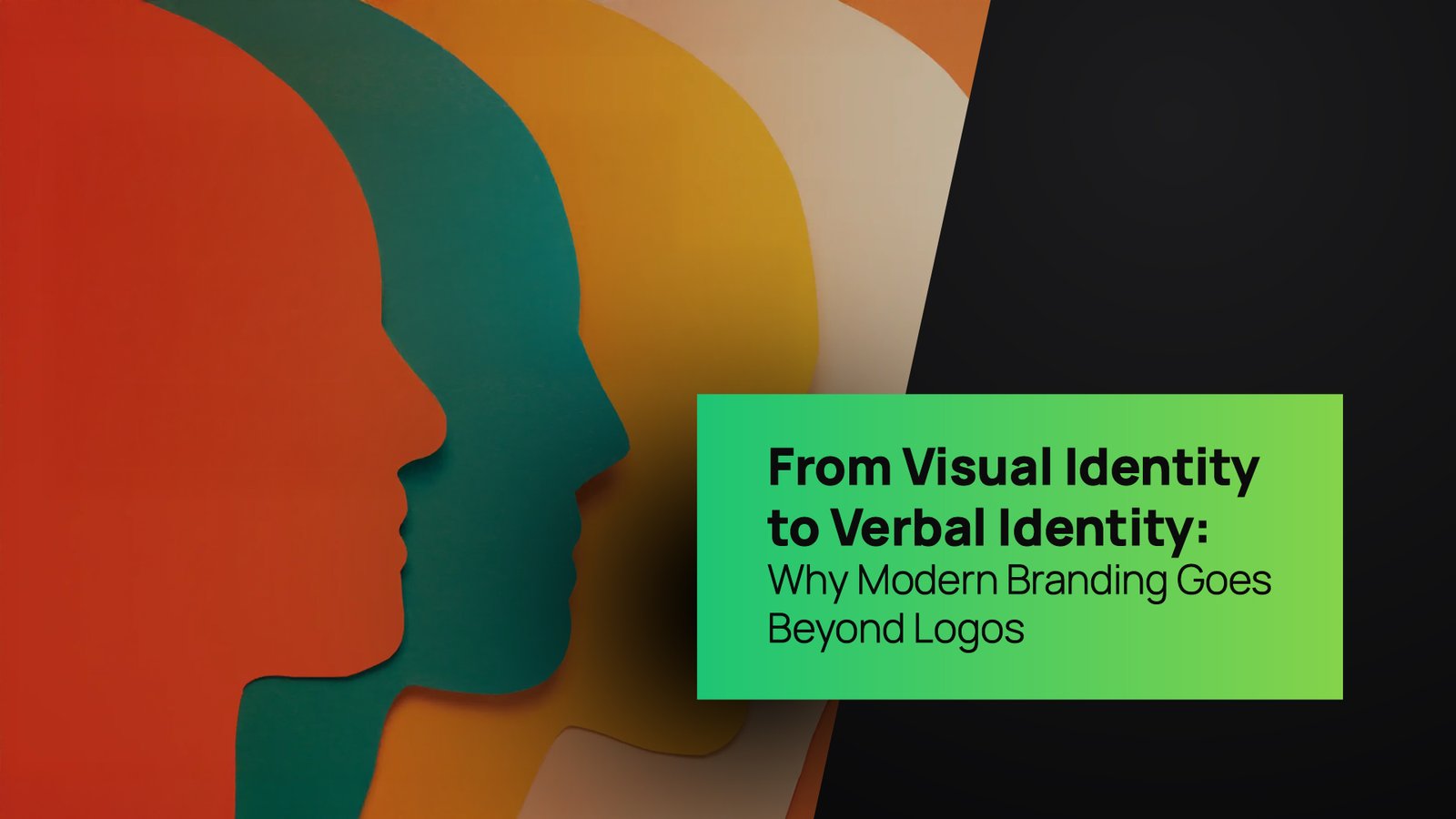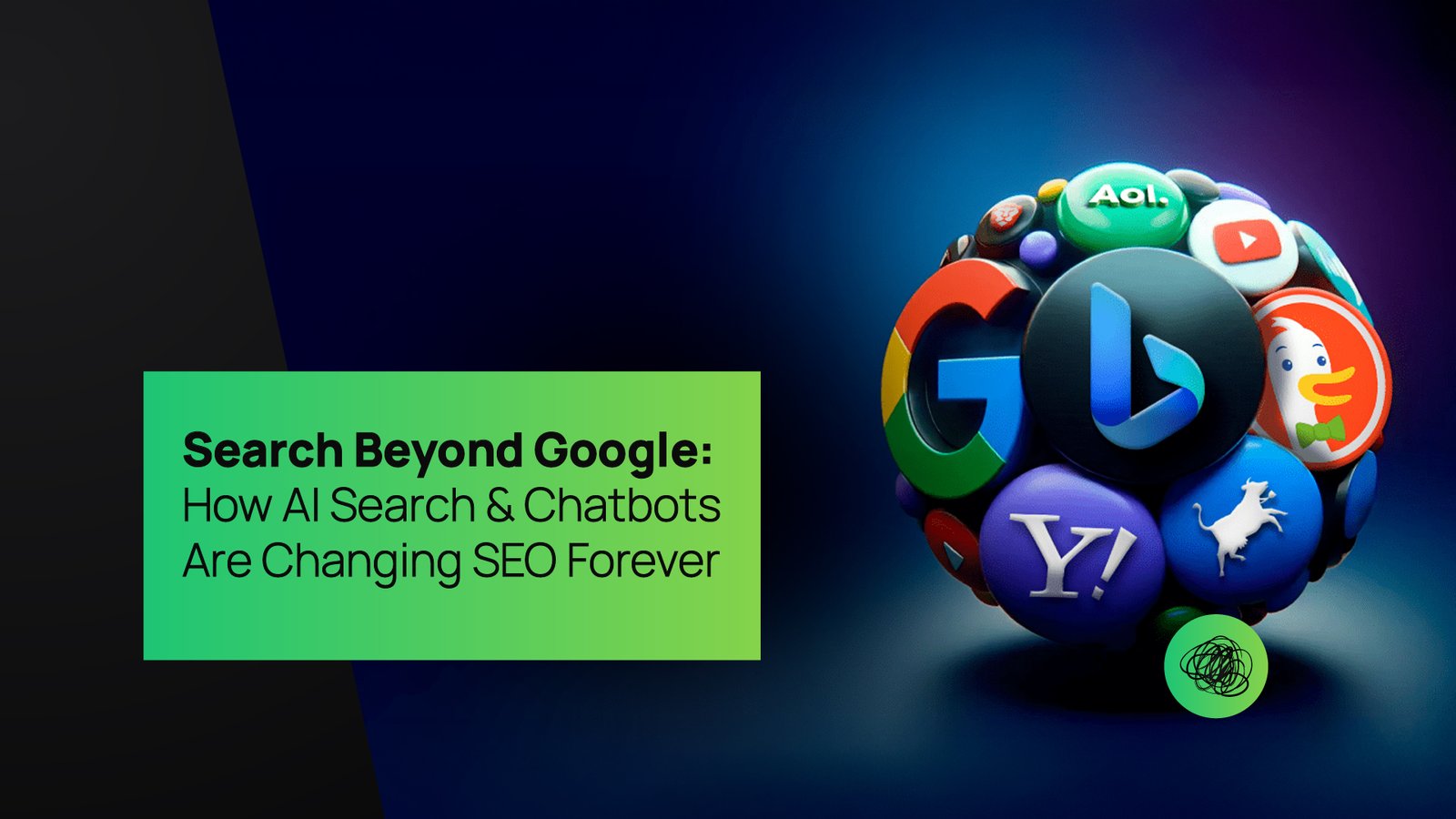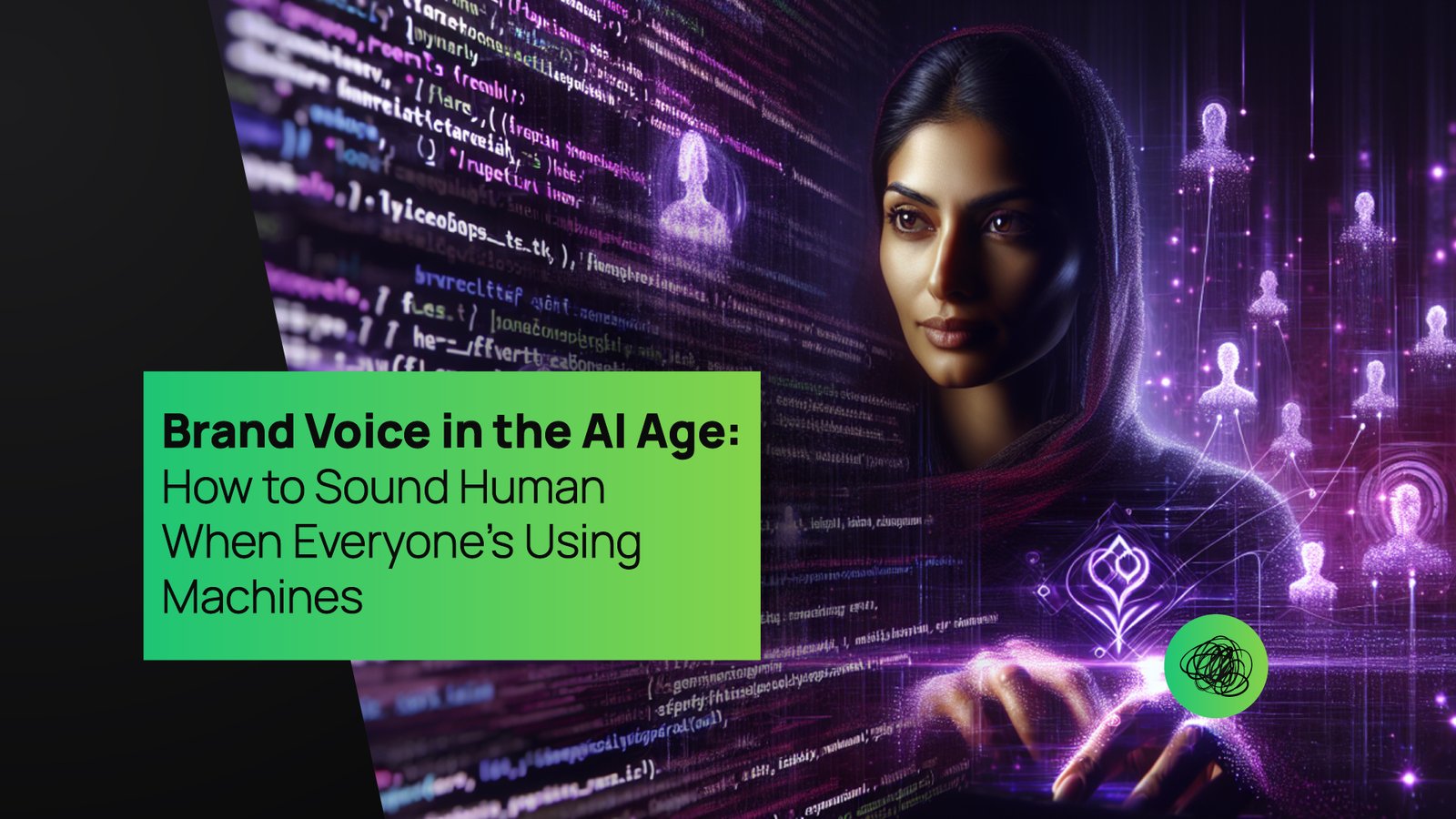In today’s digital world, businesses face a unique challenge: how to maintain a human touch while leveraging artificial intelligence at every turn. From chatbots handling customer queries to AI-generated marketing content, automation is now the norm. Yet, in a landscape dominated by machines, brands that master the delicate balance between technology and authenticity stand out. This is where the concept of visual identity to verbal identity becomes crucial. While traditional branding focused heavily on logos, colors, and typography, modern branding demands a comprehensive brand voice and tone strategy that resonates on a human level. Companies like Thinkster have recognized that a strong brand messaging and communication approach is just as important as a visually appealing logo.
From Logos to Language: The Evolution of Branding
For decades, businesses have invested heavily in their logos, color palettes, and overall visual identity. These visual cues form the first impression, conveying professionalism, trust, and style. However, as markets have evolved, consumers have started seeking more than just attractive visuals—they crave a consistent voice, meaningful stories, and genuine connections. This shift from visual identity to verbal identity is a hallmark of a modern branding strategy, where how a brand speaks becomes just as important as how it looks. Thinkster, for example, not only helps clients design compelling visuals but also ensures that every touchpoint—from social media posts to email newsletters—reflects a coherent and authentic brand voice.
The rise of AI has accelerated this evolution. Automated content creation tools, while efficient, risk producing generic, soulless messages if left unchecked. Brands now need to go beyond logos and invest in beyond logos branding, which emphasizes personality, tone, and the subtle nuances that make human communication memorable. Thinkster’s approach demonstrates that when AI is guided by a clear brand voice and tone, technology can enhance rather than dilute a brand’s identity.
The Core of Verbal Identity: Crafting a Distinct Brand Voice
A brand voice is not simply a set of words or slogans; it is the personality and attitude a company conveys through communication. Transitioning from visual identity to verbal identity means translating brand values into words, phrases, and tone that resonate consistently across channels. A successful modern branding strategy ensures that this voice is adaptable yet recognizable, whether it’s a tweet, a product description, or a customer support interaction.
Consider the impact of storytelling. When a brand communicates its mission and vision through engaging narratives, it builds trust and loyalty. For instance, Thinkster encourages clients to define key voice attributes such as friendly, professional, witty, or authoritative. These descriptors serve as a foundation for all brand messaging and communication, ensuring that every interaction feels intentional and authentic. In the AI age, maintaining this human element is critical because consumers can easily detect when content is machine-generated or impersonal.
AI and the Human Touch: Navigating the New Branding Landscape
Artificial intelligence has transformed the way brands communicate. Tools like AI copywriters, chatbots, and predictive analytics enable brands to scale their messaging and reach broader audiences. Yet, over-reliance on AI can erode the human quality that differentiates a brand. This is where a strong focus on brand voice and tone becomes indispensable. By clearly defining the verbal identity, brands can guide AI tools to generate content that aligns with their values and resonates emotionally with their audience.
Thinkster’s methodology emphasizes the importance of integrating AI without sacrificing authenticity. Their beyond logos branding approach shows that the goal is not to replace humans with machines but to use technology to amplify human creativity. By doing so, brands can maintain a personal connection, even when leveraging AI for efficiency. For example, AI-generated marketing copy can adhere to a pre-established brand tone, ensuring consistency while reducing repetitive manual work.
Consistency Across Channels: The Key to Modern Branding
Transitioning from visual identity to verbal identity is not just about creating a catchy slogan or tagline. It is about ensuring that every piece of content, from social media posts to press releases, aligns with the brand’s defined voice. A modern branding strategy hinges on this consistency, as it builds familiarity and trust among customers. Inconsistent messaging, even if paired with a strong visual identity, can confuse audiences and dilute brand equity.
Thinkster illustrates the power of integrated branding by developing comprehensive brand messaging and communication frameworks for clients. These frameworks include guidelines for tone, word choice, sentence structure, and even emoji usage in digital channels. By standardizing verbal communication, brands can maintain coherence, ensuring that whether a consumer interacts with them online, in-store, or via email, the experience feels unified and authentic.
Emotional Resonance: Why Humanized Brand Communication Matters
Consumers today are drawn to brands that feel genuine. Emotional connection is a critical differentiator, and it cannot be achieved through visuals alone. This is why moving from visual identity to verbal identity is so crucial in the AI age. A strong brand voice and tone can evoke trust, joy, excitement, or empathy, creating meaningful engagement that fosters loyalty.
Thinkster’s approach to beyond logos branding highlights that verbal identity is an emotional bridge. While logos capture attention, it is words that capture hearts. Humanized brand communication enables brands to stand out in crowded digital spaces where AI-generated content is ubiquitous. By strategically using narrative, humor, and empathy, brands can maintain their distinct personality while embracing AI tools to streamline operations.
Training AI to Speak Your Brand’s Language
One of the challenges of AI-driven marketing is ensuring that machines communicate in a way that feels authentic. Thinkster emphasizes training AI tools using detailed brand messaging and communication guidelines. This involves inputting examples of tone, preferred vocabulary, and stylistic nuances so that AI-generated content mirrors the brand’s human voice. By doing this, brands can harness the efficiency of AI without compromising their identity.
Moreover, integrating AI into content workflows allows brands to analyze engagement metrics in real-time. By tracking how audiences respond to different tones or messaging styles, brands can refine their brand voice and tone continuously. This iterative approach ensures that verbal identity evolves with audience preferences while remaining consistent with the overall modern branding strategy.

The Intersection of Design and Language
While words convey meaning, design reinforces it. Transitioning from visual identity to verbal identity requires a synergistic relationship between what audiences see and what they read. Thinkster’s strategy combines compelling visuals with precise brand messaging and communication to create an immersive experience. For instance, a website’s color palette, typography, and layout are harmonized with headlines, call-to-actions, and microcopy to project a cohesive brand persona.
This integration demonstrates that beyond logos branding is more than an abstract concept—it is an actionable framework that ensures every touchpoint aligns with the brand’s values and voice. Whether it’s an AI-assisted chatbot response or a human-written blog, the combination of visual and verbal identity solidifies recognition and trust.
Practical Steps to Develop a Strong Verbal Identity
Developing a robust verbal identity requires deliberate effort. Brands must first conduct an audit of existing communication channels to identify inconsistencies and gaps. Next, they define key voice attributes and tone guidelines tailored to their audience. Finally, these guidelines are applied across all content formats, including AI-generated materials, ensuring a unified experience.
Thinkster exemplifies this process by guiding clients from visual identity to verbal identity, helping them craft messages that feel authentically human while remaining scalable. The result is a modern branding strategy that leverages technology without losing personality, turning ordinary content into compelling storytelling that resonates deeply with consumers.
Why Beyond Logos Branding is the Future
The era when logos alone could define a brand is long gone. Today, businesses must embrace beyond logos branding to remain relevant. Moving from visual identity to verbal identity allows brands to speak directly to audiences’ emotions and values, creating deeper connections that drive loyalty and advocacy. By focusing on brand voice and tone, companies like Thinkster demonstrate that verbal identity is not a supplementary aspect of branding—it is central to a successful marketing strategy in the AI age.
Moreover, as AI continues to reshape communication landscapes, brands that master humanized messaging will stand out from competitors relying solely on automated content. Thinkster’s approach proves that balancing technology and authenticity is not just desirable—it is essential.
Conclusion: Humanizing Branding in the AI Era
In a world increasingly dominated by AI, the brands that thrive are those that maintain a human presence in their communication. Transitioning from visual identity to verbal identity is a cornerstone of this approach, ensuring that logos, colors, and design elements are supported by authentic, consistent messaging. A well-defined brand voice and tone allows companies to scale content through AI while retaining emotional resonance and personality.
Thinkster exemplifies how a modern branding strategy can harmonize visuals, words, and technology, creating meaningful interactions that go far beyond logos. By investing in beyond logos branding and focusing on brand messaging and communication, businesses can not only survive the AI revolution—they can use it as an opportunity to connect more deeply with their audience. In the end, it is this commitment to humanized brand communication that transforms brands from faceless entities into relatable, memorable, and trusted companions in the consumer journey.


